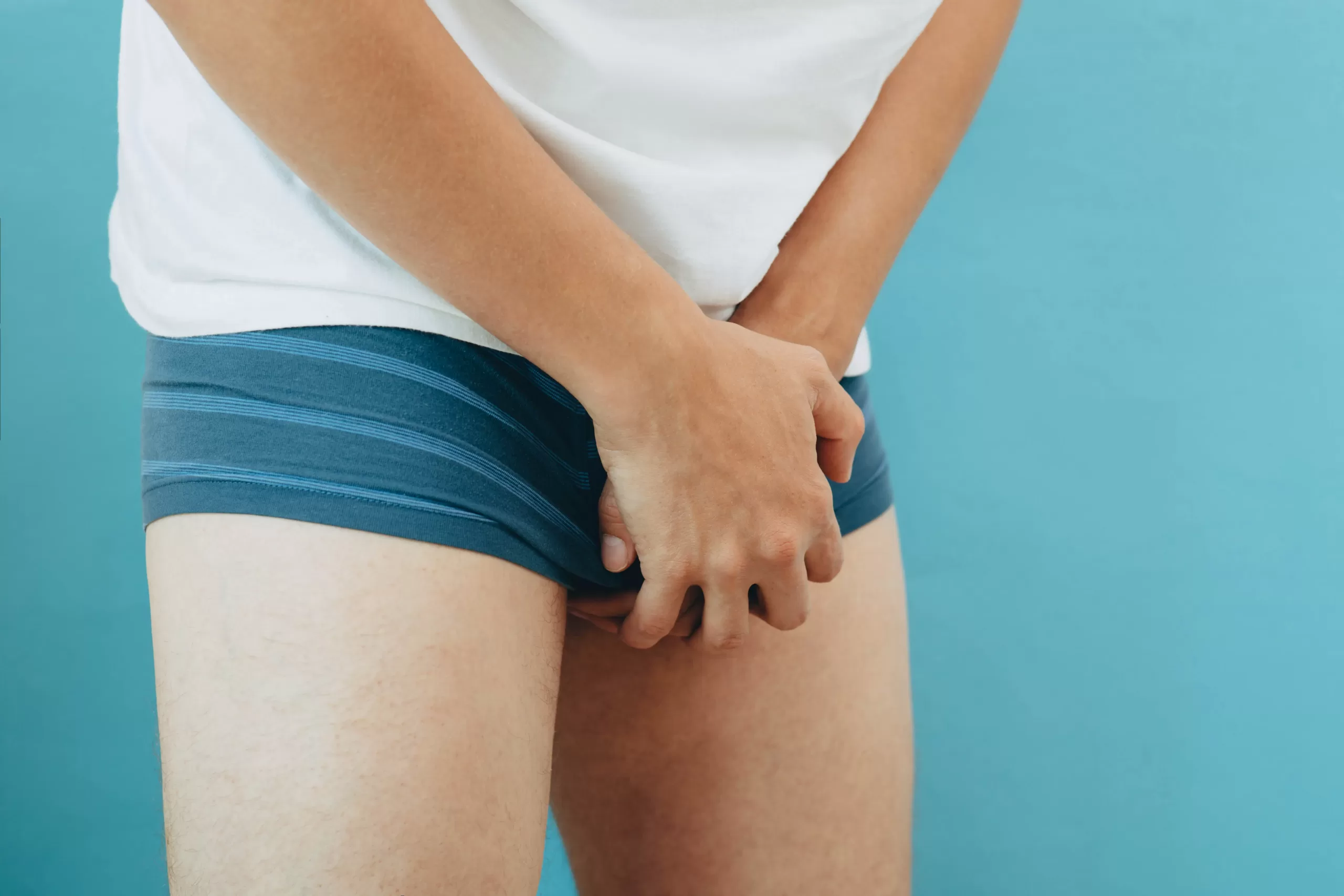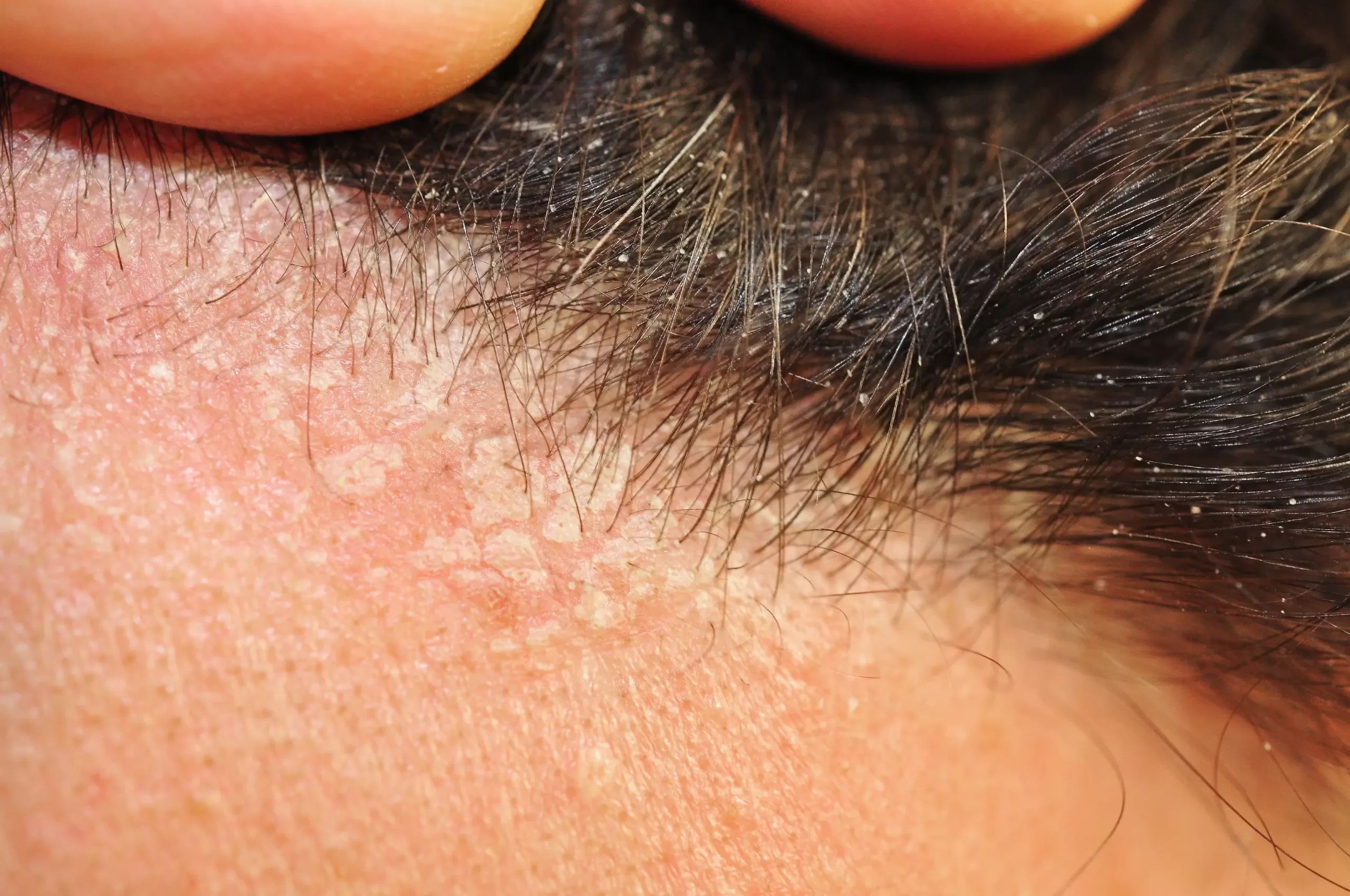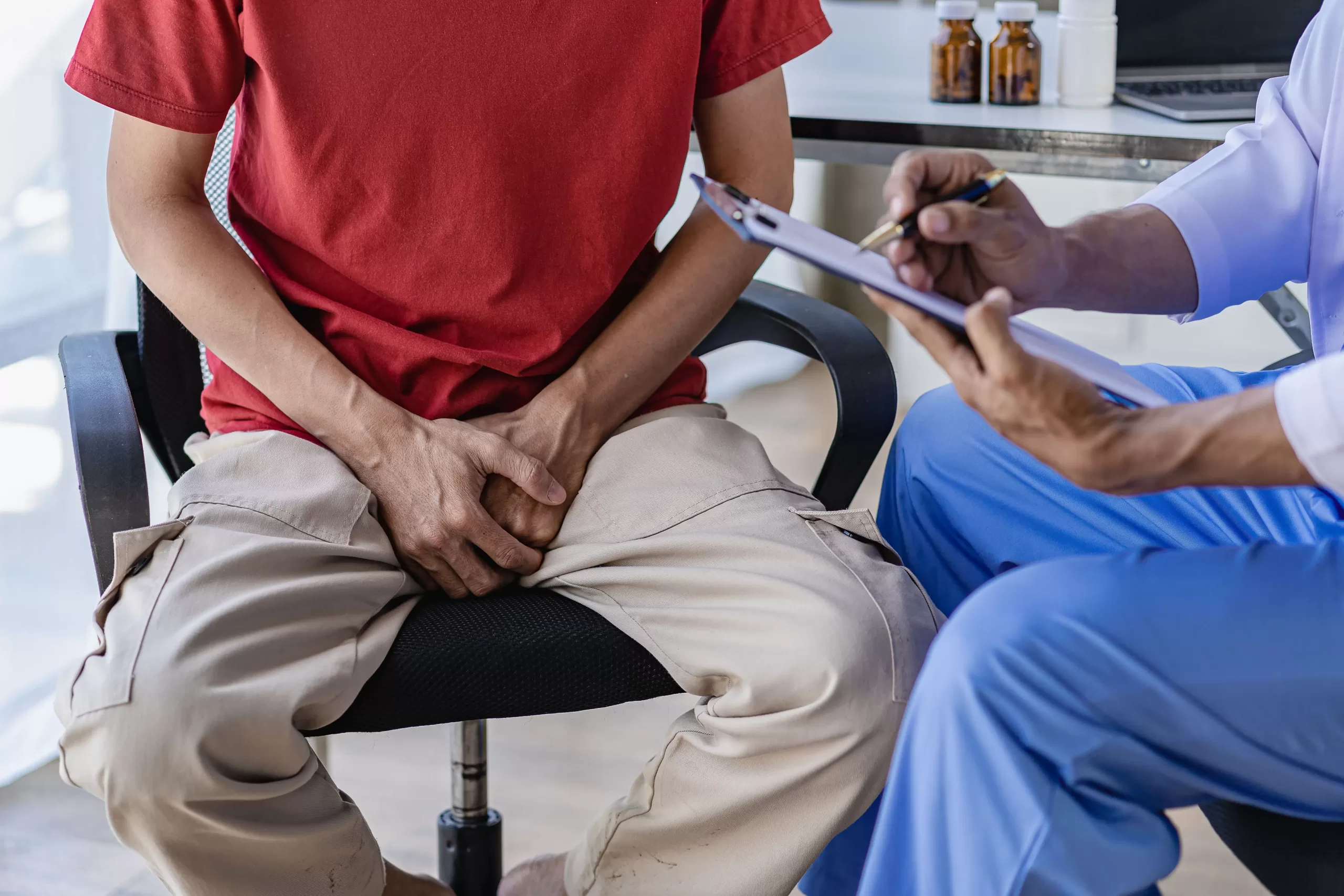Can you cure Jet Lag with exercise?
Medically Reviewed by Dr Aifric Boylan
Last updated on 11.06.2024
Does exercise help Jet Lag?
A new study performed at the University of Arizona has shown that exercise influences the human body’s response to jet lag. A hormone called melatonin, produced by the pineal gland (in the brain), appears to play an important role in causing sleep. If you measure levels of melatonin, you find it goes up at night. Over a 5 day period, researchers at the University of Arizona made 99 volunteers follow differing exercise regimes and measured the changes in their melatonin levels. The exercise regimes involved getting on a treadmill for an hour a day at a set time.
So what were the findings?
The researchers found that
- Volunteers who exercised at 7am or between 1pm and 4pm caused their melatonin levels to go up significantly earlier in the evening (which may cause sleep to occur earlier).
- Volunteers who exercised between 7pm and 10pm delayed the melatonin rise (which may cause sleep to be delayed).
Although it’s not possible to say with any certainty that these exercise patterns will affect sleep in the ways specified, it seems likely that there could be a noticeable effect.
So is it worth trying exercise to treat Jet Lag?
Based on this research and given the widespread use of melatonin tablets to treat jet lag, it seems reasonable to use exercise to influence your sleep patterns when you’re expecting to suffer from Jet Lag.
If trying this approach it makes sense to exercise a few hours before you want to sleep – or exercise at times you want to stay awake.
Article Resources:

Balanitis: Signs, triggers, and how to treat it
Balanitis: Signs, triggers, and how to treat it Balanitis is inflammation of the head of the penis (glans). It can cause symptoms such as irritation of the glans, redness, [...]
Dandruff explained: Common causes and treatments
Dandruff explained: Common causes and treatments Dandruff, also known as pityriasis capitis, is a common condition that presents with a scaly and flaky scalp. If the scalp is also [...]
Scrotal Angiokeratoma
Scrotal Angiokeratoma Scrotal angiokeratomas are small, raised, red or purple bumps that are noncancerous and quite common. Although angiokeratomas can appear anywhere on the body, this article focuses on [...]





